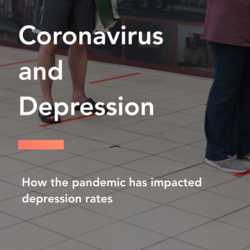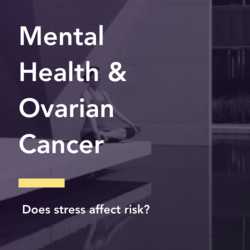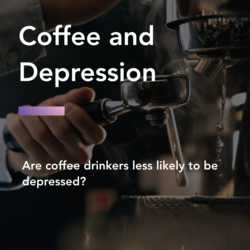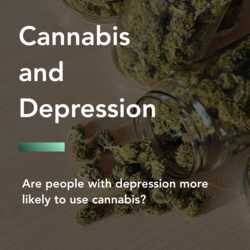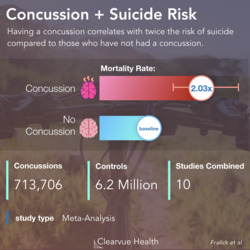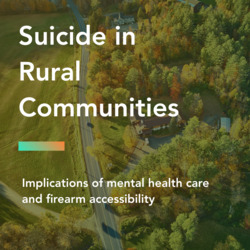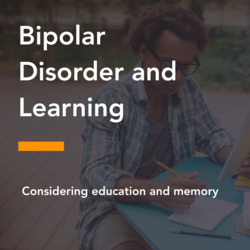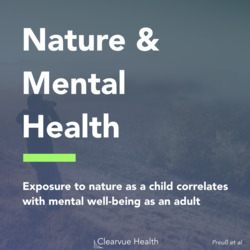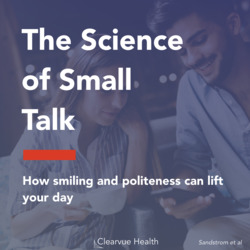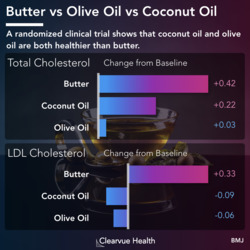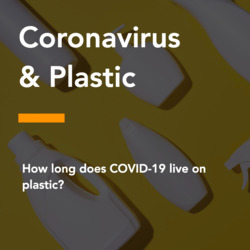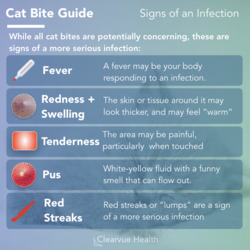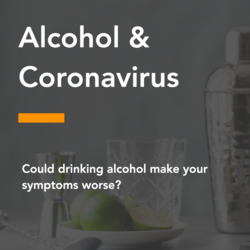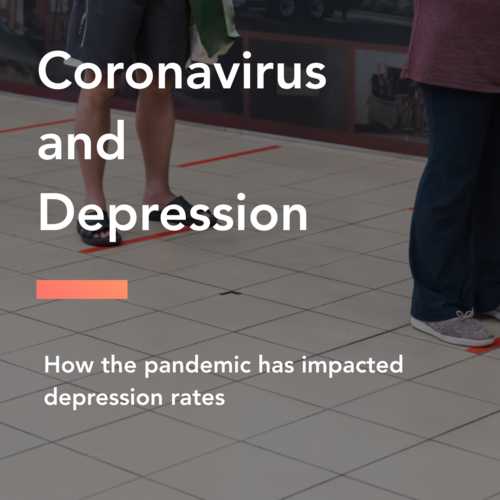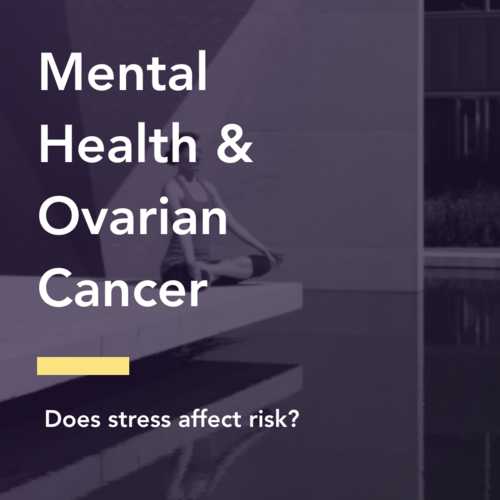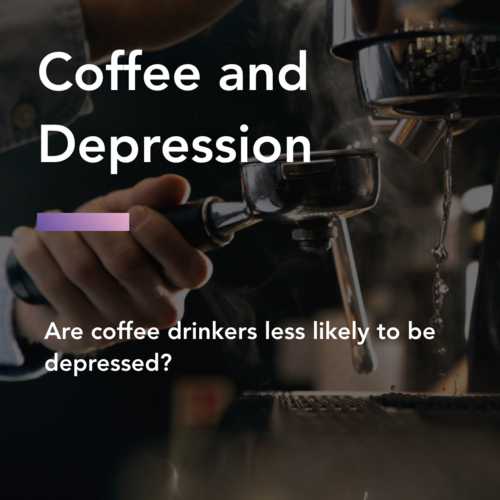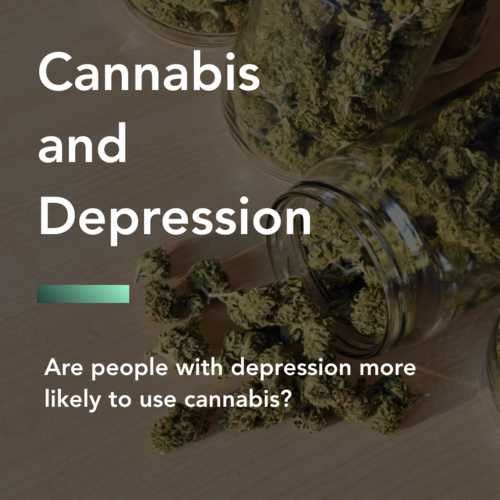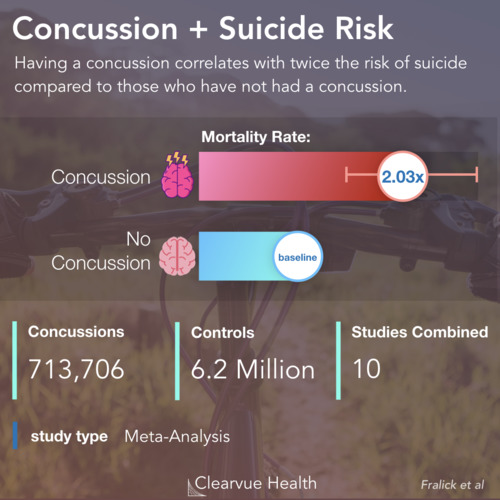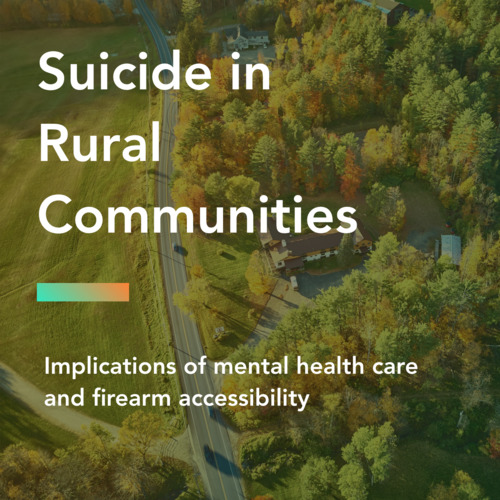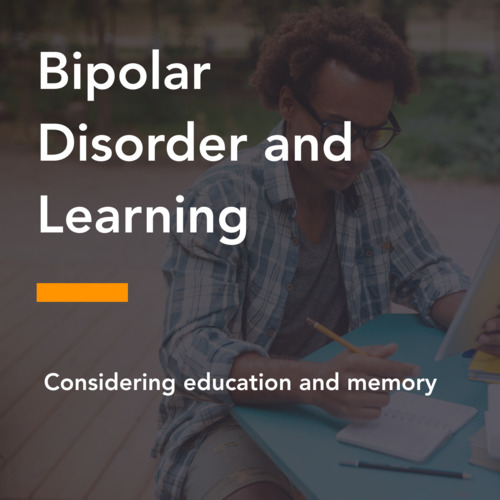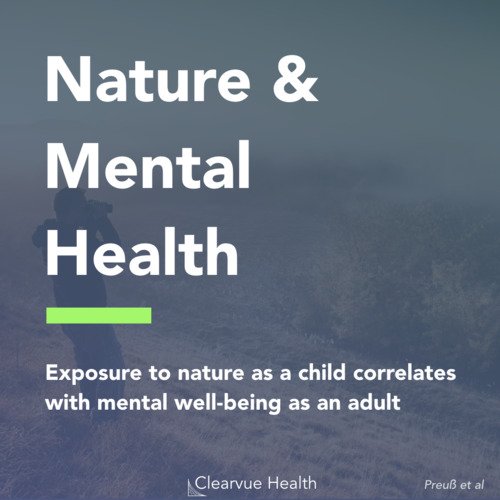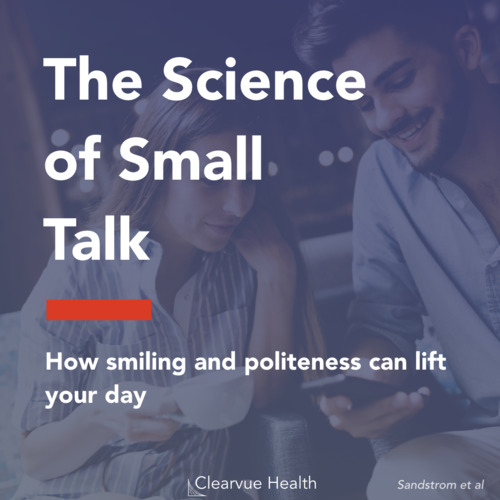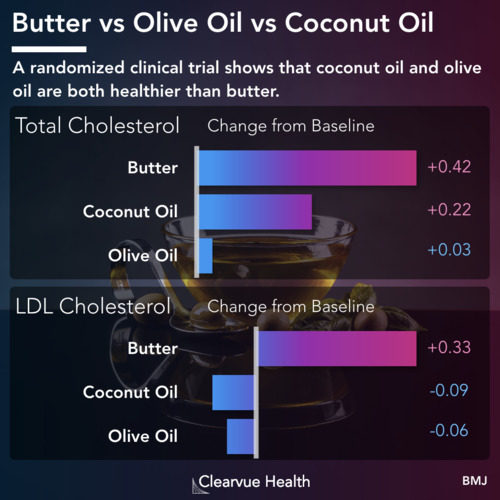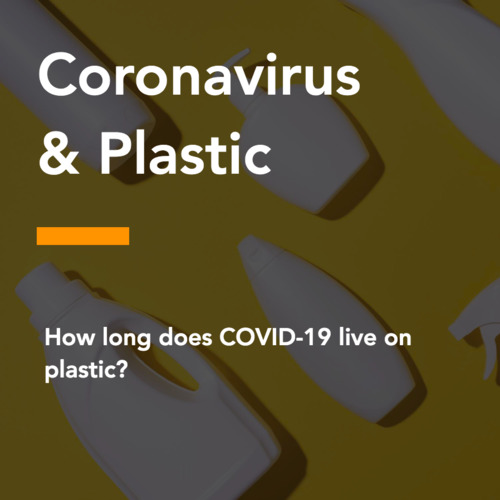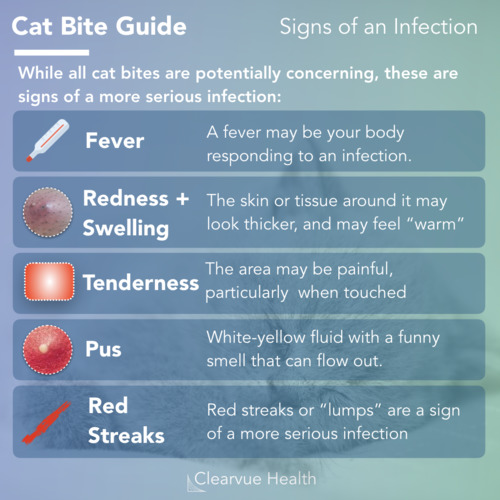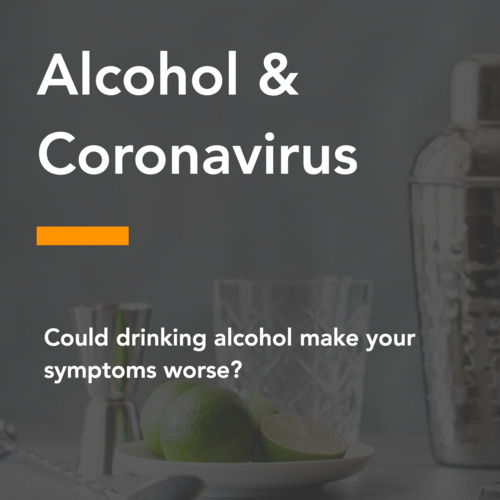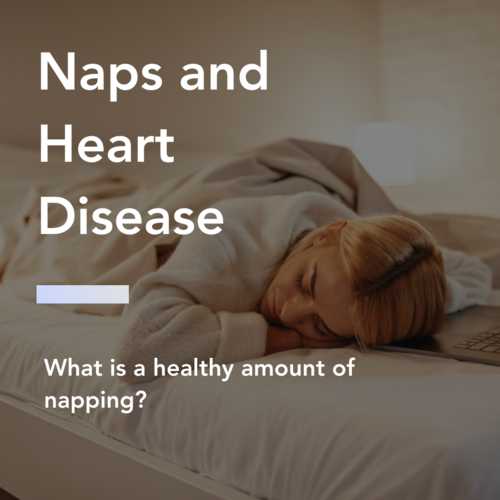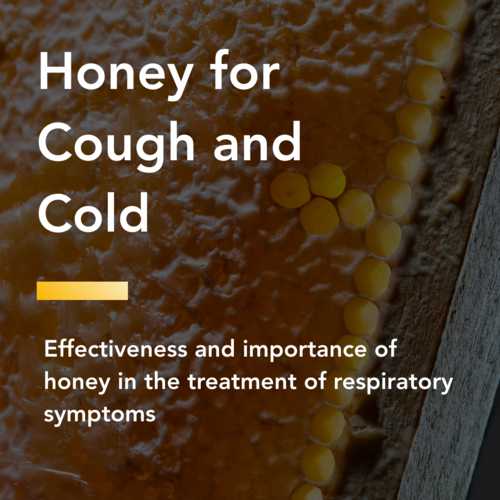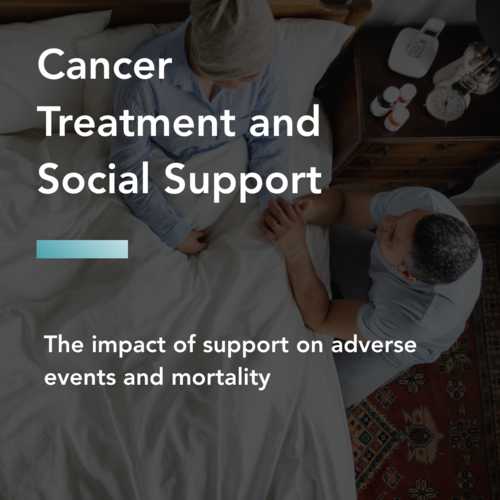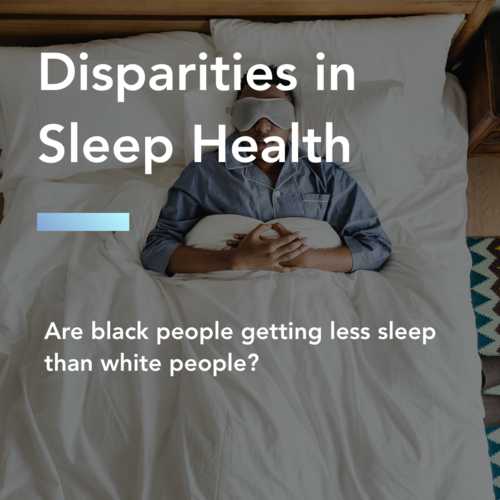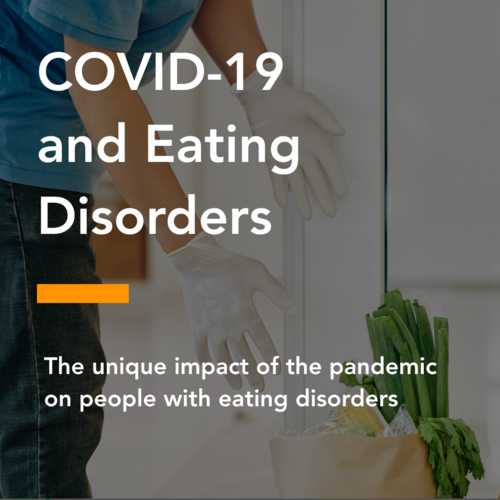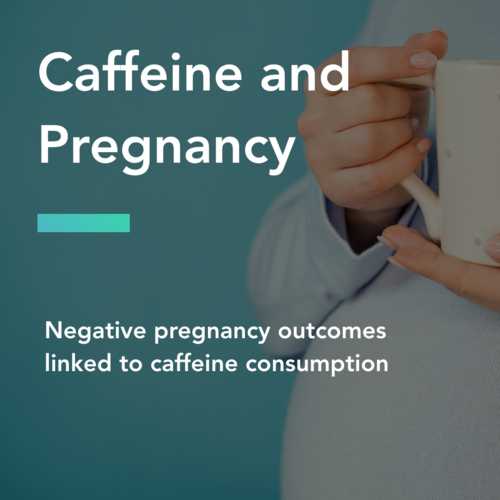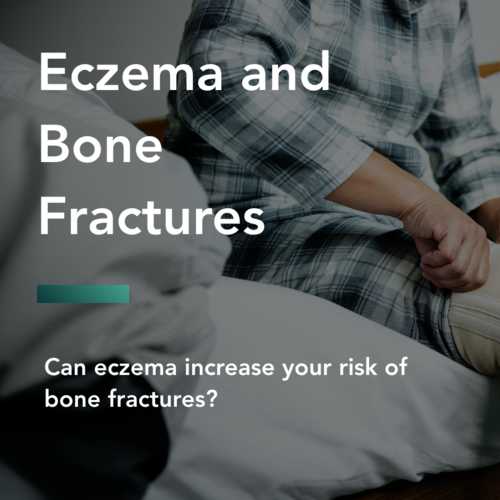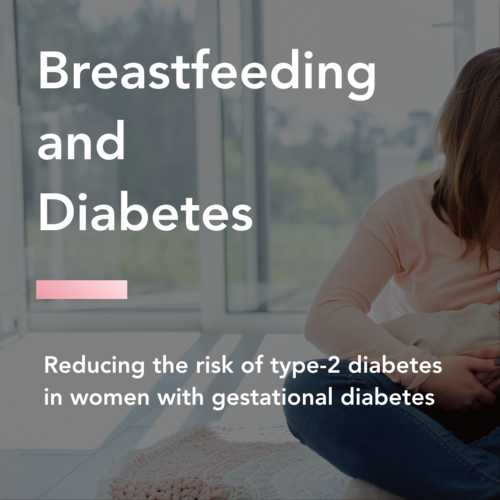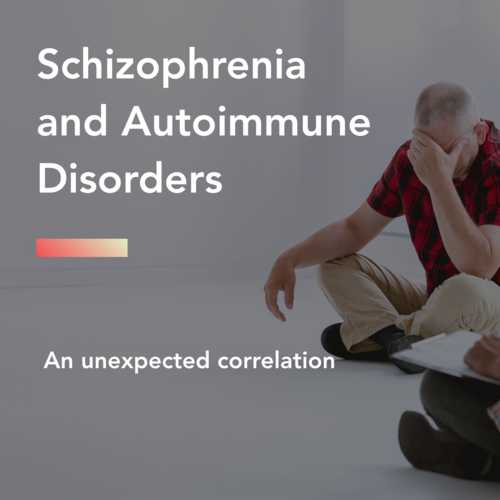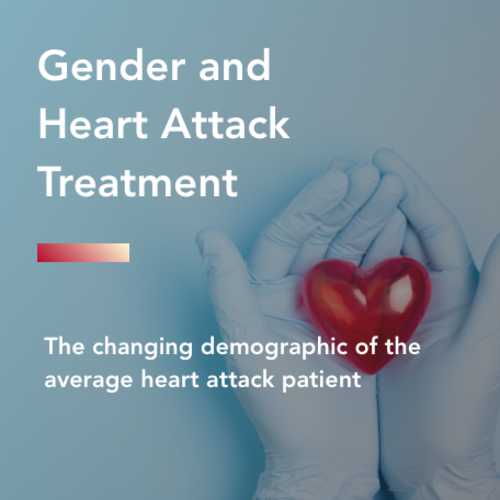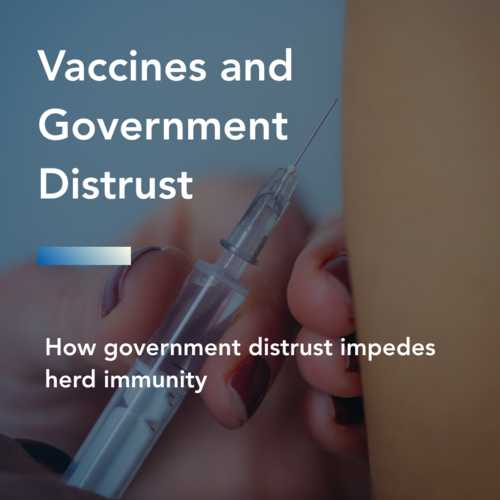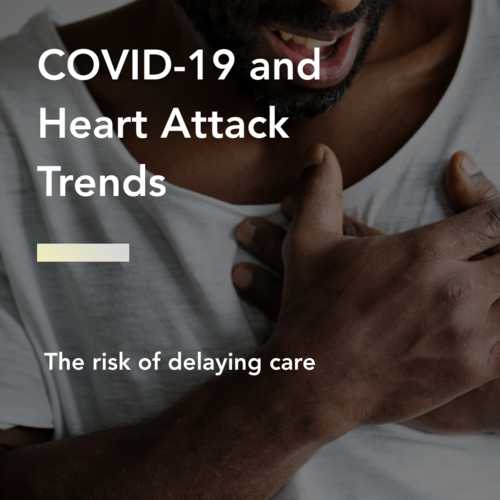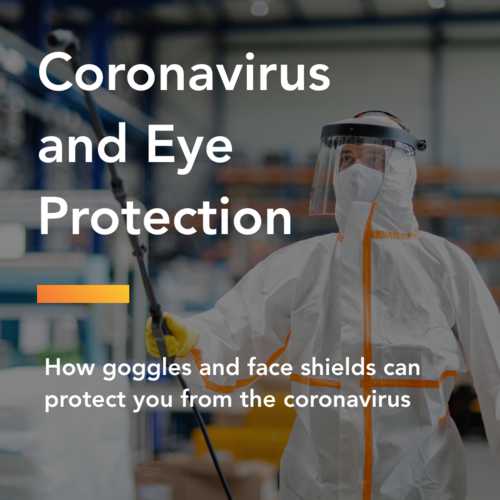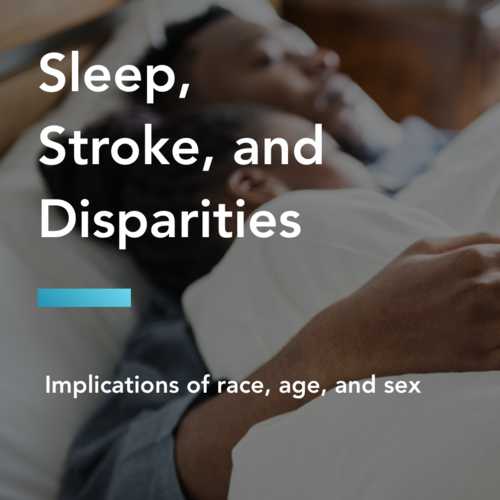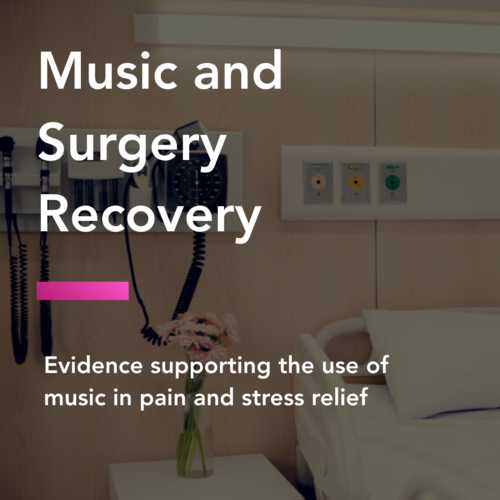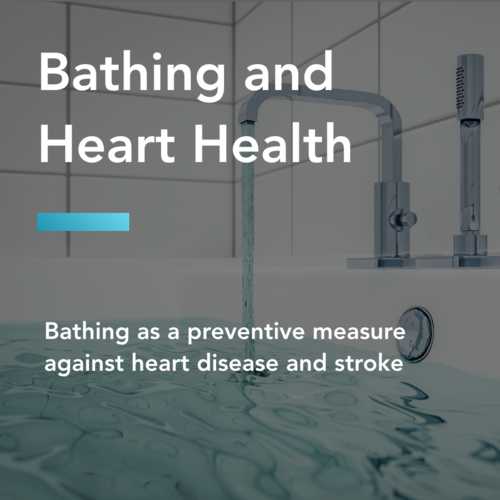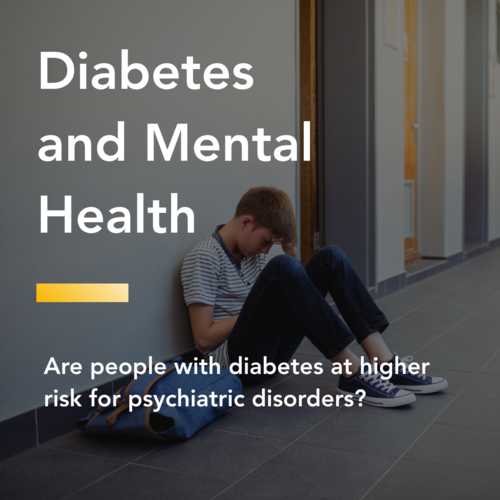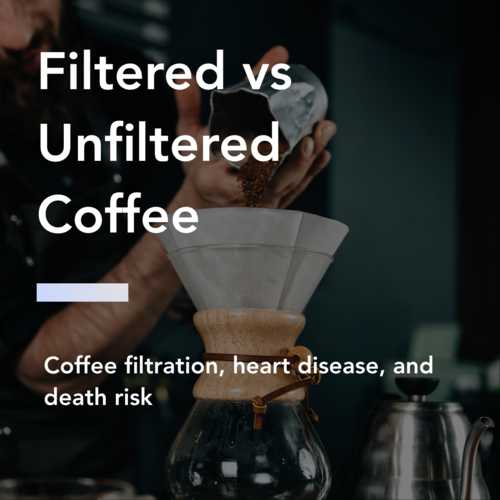Suicide is a serious and growing issue
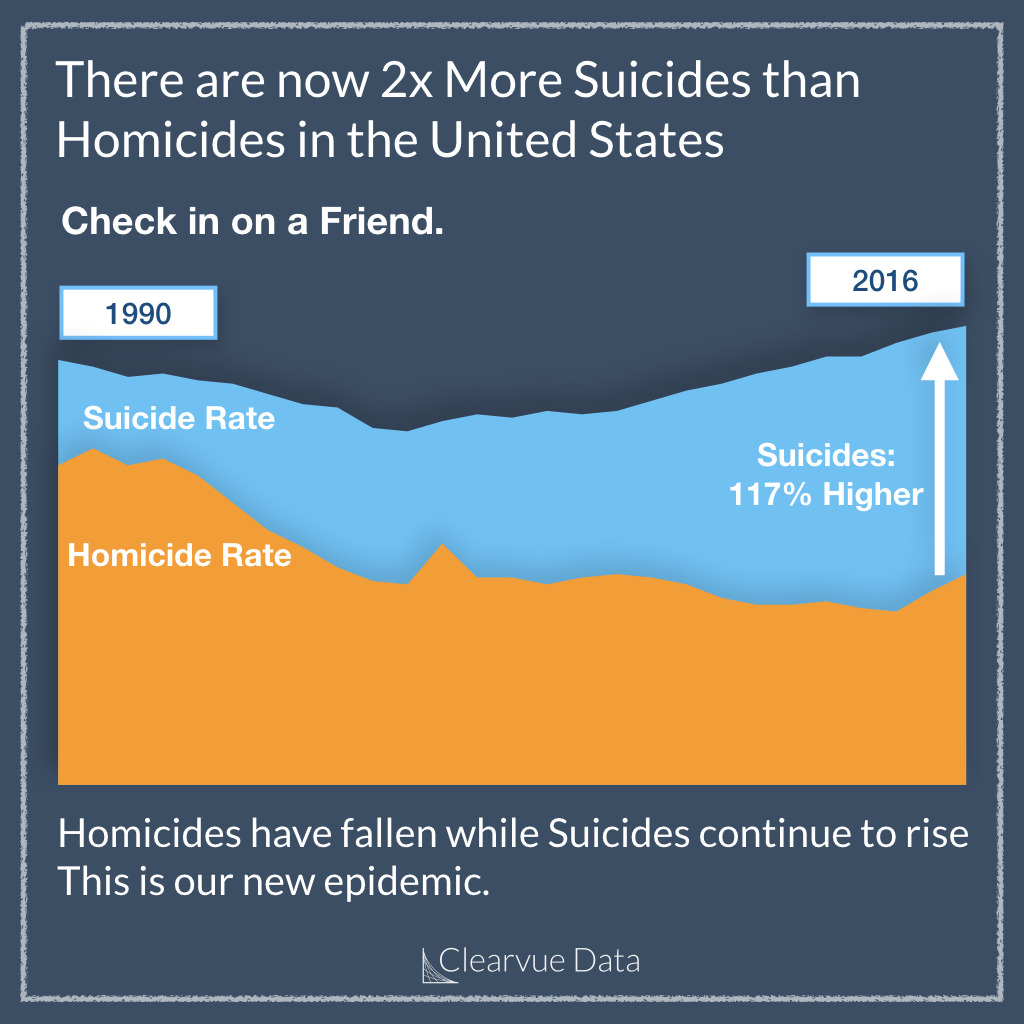
Figure 1: Suicide Statistics. There are now 2x More Suicides than Homicides in the United States. Homicides have fallen while Suicides continue to rise This is our new epidemic. Source: CDC.
After several years of decline, suicide is once again on the rise in the United States.
It has overtaken homicide as one of the leading causes of preventable death.
One particularly worrying trend is the rise of suicide in teens among both boys and girls.
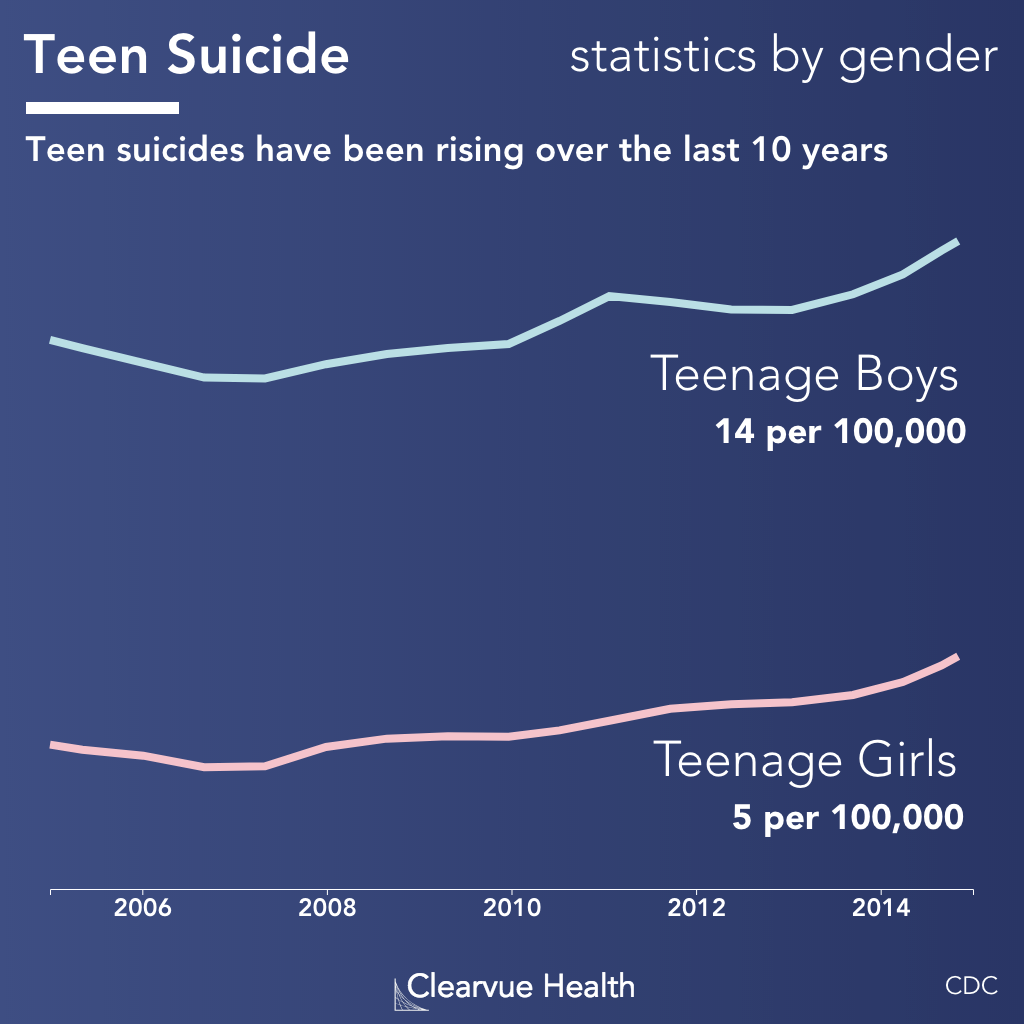
Suicide attempts are often impulse decisions.
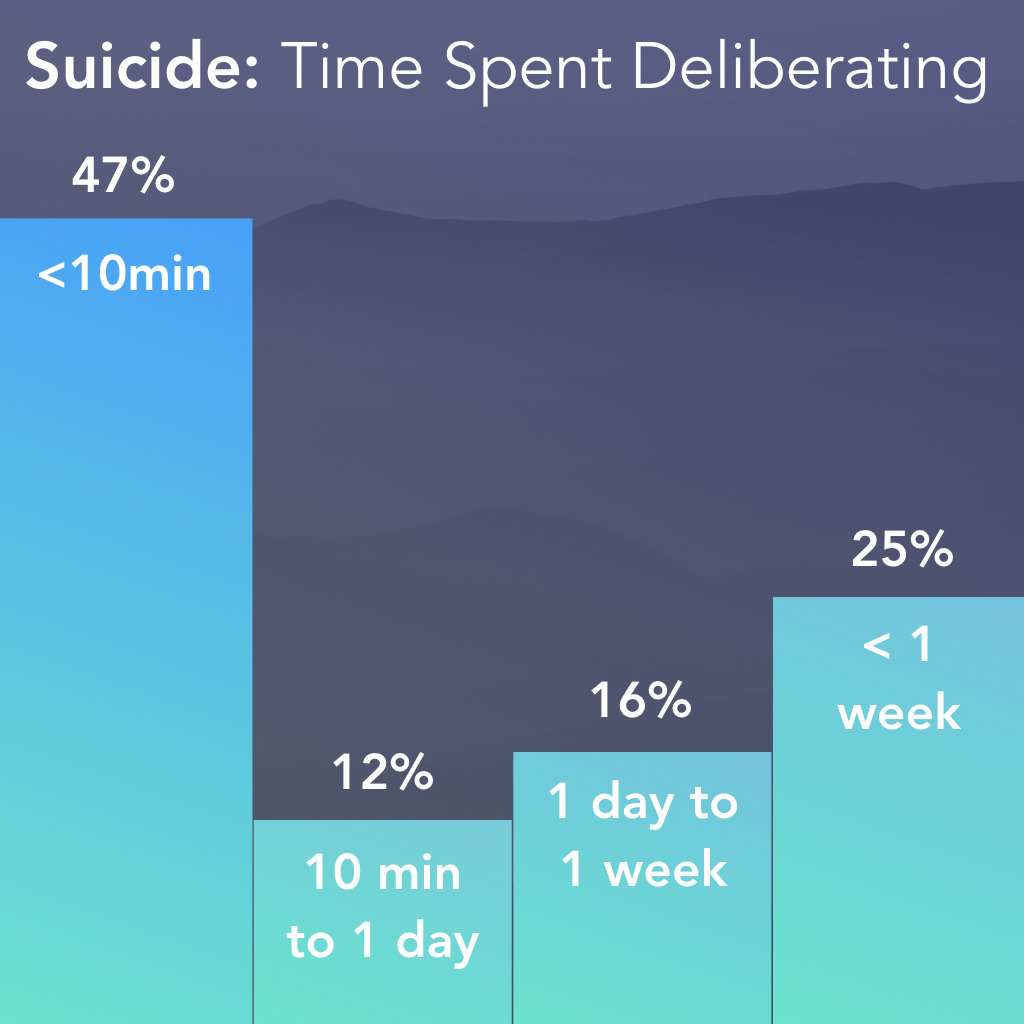
Figure 2: Suicide attempts are often impulse decisions. 47% of suicide attempts occur less than 10 minutes after a person begins thinking about it. Around 60% occur the same day as when a person begins thinking about it. Around 25% occur after a person has thought about a plan for longer than a week.
The reasons for this trend are complex and controversial. One thing is clear, at least some suicides are preventable.
Suicide attempts are more impulse-driven than many people think. Nearly half of suicides occurred less than 10 minutes after an individual first conceived of a plan. Around our 60% happen within the same day.
If we check in on a friend on a particularly bad day, we may get lucky and prevent them from doing something they may not actually want to do.
Source: The duration of the suicidal process: how much time is left for intervention between consideration and accomplishment of a suicide attempt?
Results of Suicide Prevention
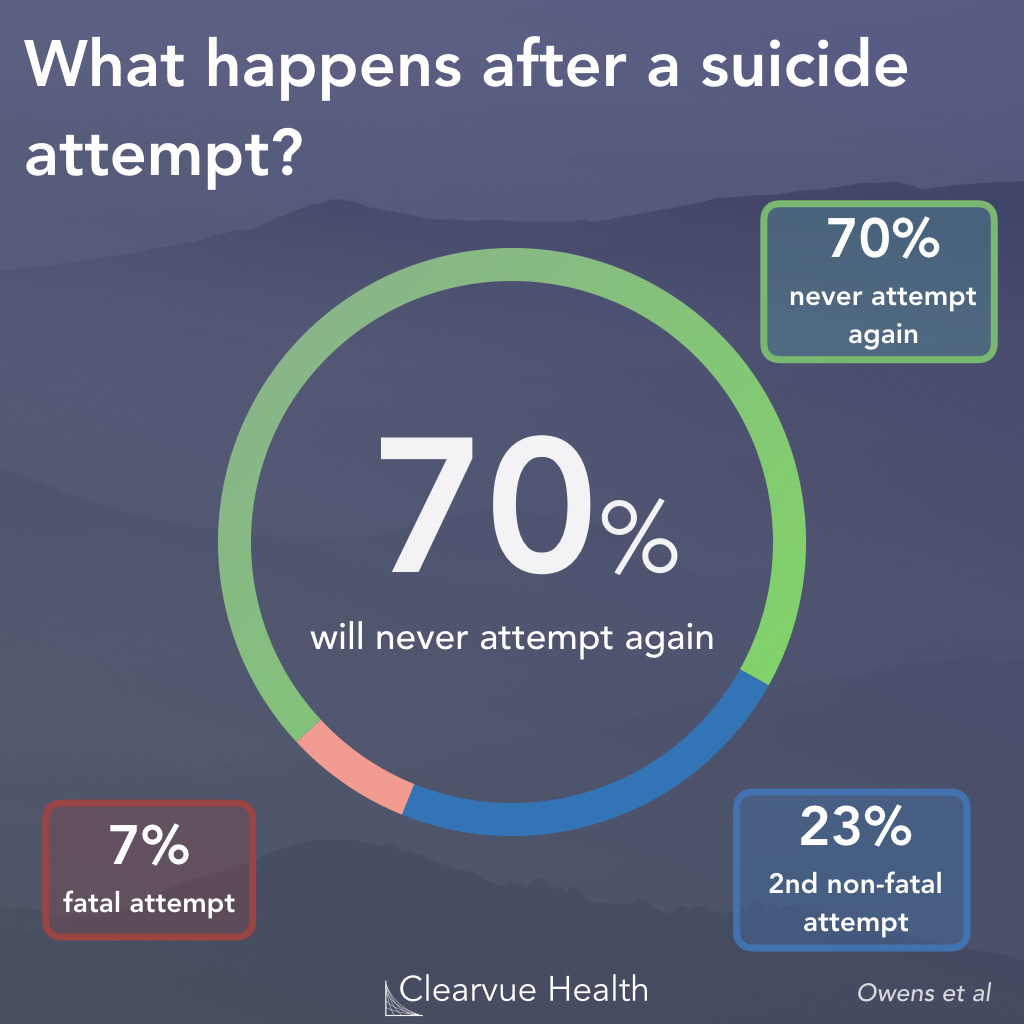
Figure 3: Statistics on Suicide Prevention. After a suicide attempt, 70% will likely not attempt again. 23% will have at least one more non-fatal attempt. 7% will complete a suicide attempt.
What happens when we do prevent suicide?
The data shows that when individuals survive suicide attempts, they will most likely not attempt suicide ever again.
Around 70% will never attempt suicide again and 23% will have a non-fatal attempt. Only 7% of those who had survived a suicide attempt will eventually have a fatal suicide attempt.
Source: Fatal and non-fatal repetition of self-harm. Systematic review.
Key risk factors for suicide attempts
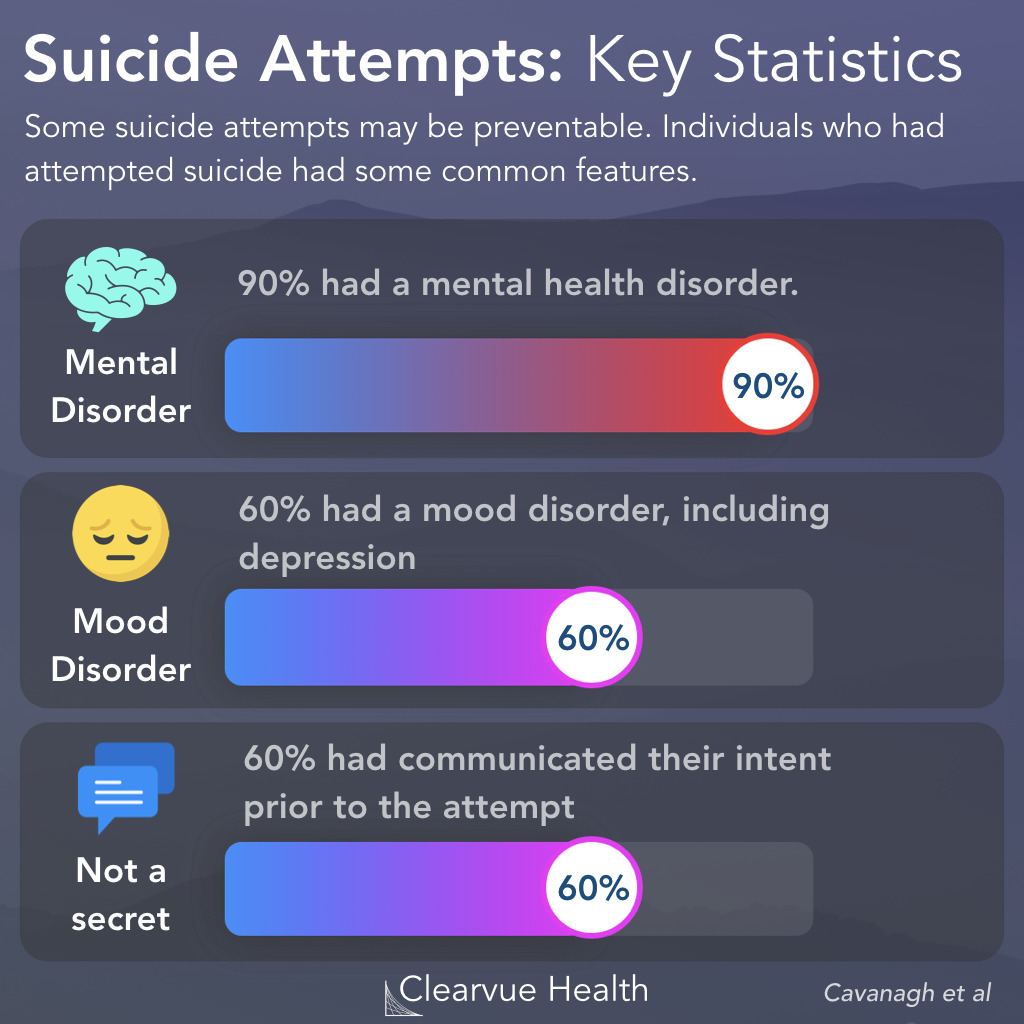
Figure 3: Key risk factors for suicide attempts. Top risk factors for suicide include mental health issues, mood disorders, and an expression of suicidal intent. According to one study covering 76 studies, 90% of suicides involved mental health disorders. 60% involved mood disorders including depression. Around 60% had told others about their intention to commit suicide.
When an individual wants to commit suicide, there is likely a mental health issue going on. It goes without saying that suicide attempts are not normal.
90% of those studied had a mental health disorder. 60% had a mood disorder, which includes depression.
Additionally, 60% had expressed their desire a plan for suicide prior to the actual attempt.
Source: Psychological autopsy studies of suicide: a systematic review.
Recommendations
1-Check in on a friend: Intervening in a suicide attempt can save a life. Having a close friend can also help with depression and mental health.
2-Don’t ignore suicidal thoughts: 60% of those who attempted suicide had communicated their thoughts before. Don’t ignore a potential cry for help.
3-Seek help. Suicide attempts are often driven by mental health issues, which are entirely treatable by therapy and medication. Don’t be afraid to seek out help when things aren’t feeling right.
Discussion
These data make a very clear case that suicide is a serious but preventable condition.
Suicide attempts don’t just come out of the blue, they are preceded by cries for help and mental health issues.
They are often, but not always, driven by impulse. Intervening in a suicide attempt may prevent future attempts.





